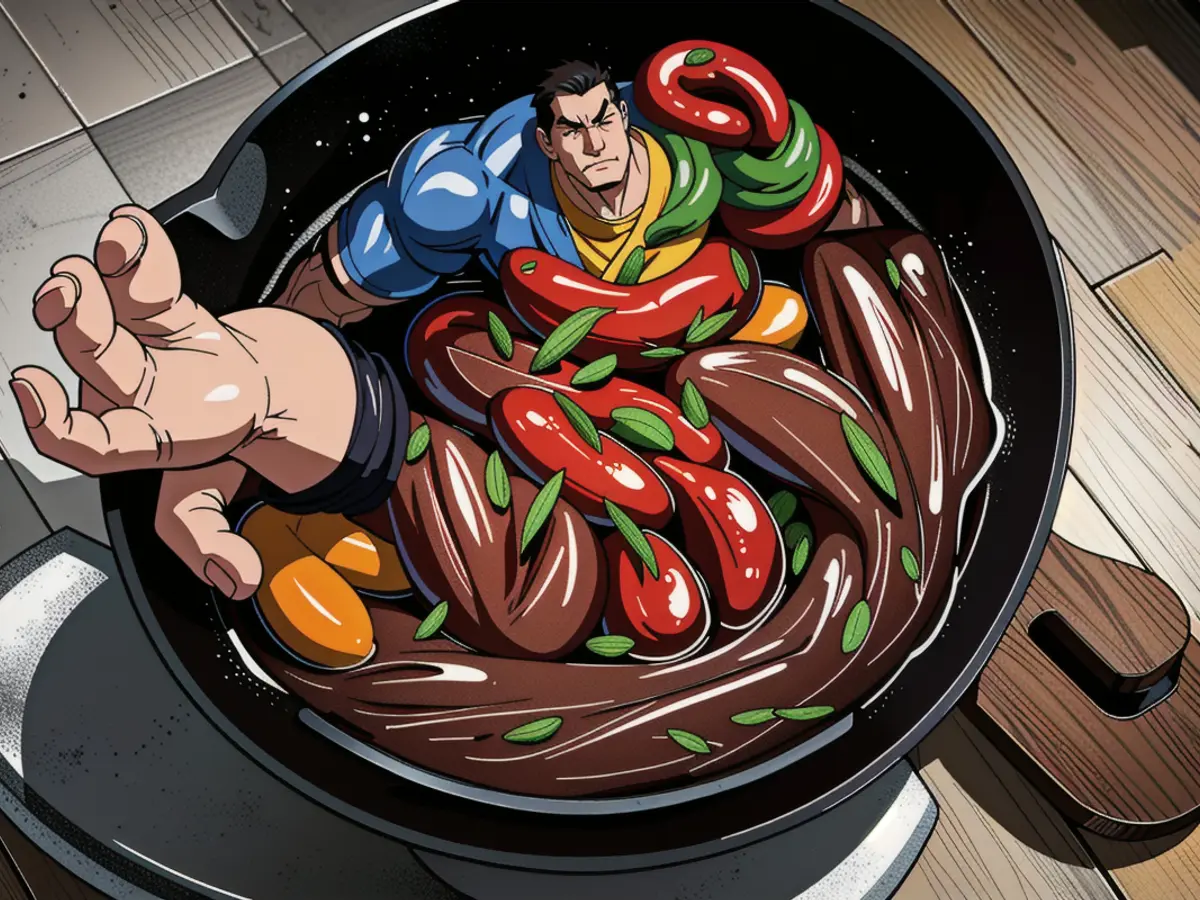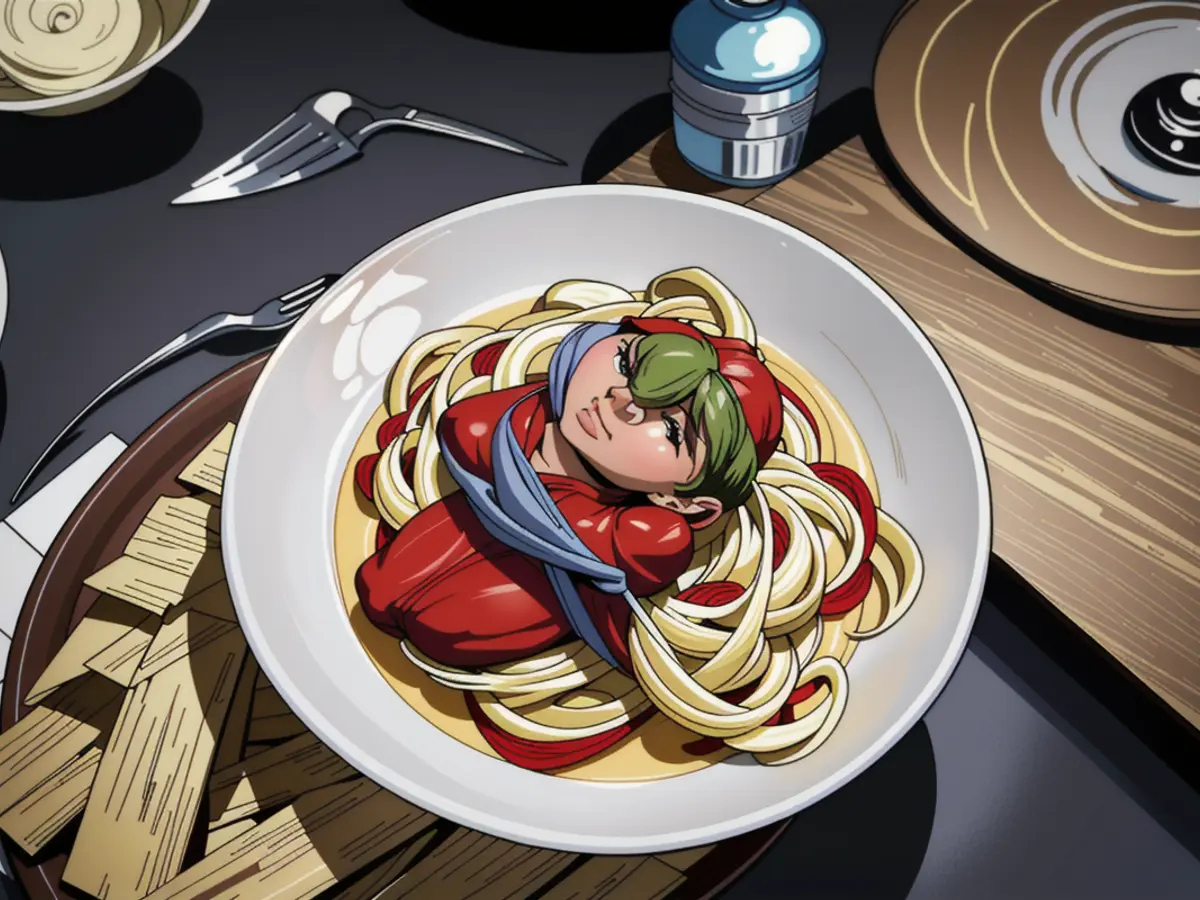Cooking Like a Nonna: Embracing the Art of Cucina Povera
Twelve Creative Techniques to Achieve a Grandmother's Cooking Magic
Culinary wisdom is a treasure trove waiting to be explored, and Lucinda Scala Quinn has delved deep into its core, drawing inspiration from the humble, resourceful methods of cucina povera—Italian grandmothers' age-old approach to cooking. This isn't just about making do with less; it's about coaxing unbelievable depth and flavor from modest staples, making every morsel count. Join us as Quinn shares insights gleaned from her research and practice of these time-honored techniques.
Lucinda Scala Quinn: A Culinary Maestro
As the longtime food director of Martha Stewart Living, Lucinda Scala Quinn has built an impressive repertoire of cookbooks, including Lucinda's Rustic Italian Kitchen and Mad Hungry: Feeding Men & Boys.
Every Ingredient's Second Life
In the eyes of the nonneof Italy, wasting food is simply unacceptable. Each part of an ingredient serves a purpose, and nothing should go to waste. Embrace this mindset by keeping vegetable scraps, cheese rinds, and even jarred pepper brine in your fridge and freezer, used to create flavorful stocks, rich soups, and tangy marinades.
Meat as a Luxury: Making Every Bite Count
Meat is a cherished ingredient in cucina povera, used sparingly for maximum impact. Buying a whole chicken instead of pre-cut pieces is a wise investment, allowing you to make bone broth with the backs and wing tips, tender piccata from the breasts, and slow-cooked chicken cacciatore from the legs.

Unsung Hero: Breadcrumbs
Stale bread takes a backseat no more! Toasted breadcrumbs add crunch and texture to a variety of dishes, from meatballs to flavorful toppings.
Making the Most of Leftover Pasta
Instead of microwaving leftover pasta, give it new life by turning it into a golden-edged crunchy pancake, sliced into wedges. No need to feel guilty about having leftovers when every meal is a celebration!
Beans, Pasta Water, and Kitchen Gold
Dried beans, rich in flavor and economical, are the unsung heroes of frugal cooking. Don't discard their cooking liquid; use it to enrich soups and stews, just like pasta water, which contains valuable starch for thickening sauces.
Aged Cheeses, DIY Ricotta, and the Power of Whey

Homemade ricotta is within your reach, requiring only a bit of patience and the right ingredients. The leftover whey can be used to tenderize meat or add flavor to baking recipes and sauces. Opt for Pecorino Romano over Parmesan for a flavorful and cost-effective cheese option.
Nonna-Approved Pantry Essentials
To cook like a nonna, stock your pantry with these must-haves: extra virgin olive oil, dried beans, canned tomatoes, fresh herbs, and pasta. Experiment with these basics and let your creativity guide you.
Cucina povera isn't just about saving money—it's about cooking with care, creativity, and respect for ingredients. Learn from the generations that came before us and discover the magic that lies within simple, humble dishes. With a little resourcefulness, you'll find that less truly is more.
Bonus Recipes:
- Minestrone:
- Ingredients: Leftover vegetables, beans (such as cannellini or borlotti), pasta, and vegetable stock.
- Instructions: Sauté onions, carrots, and celery, then add leftover vegetables, beans, pasta, and vegetable stock. Let it simmer until the flavors blend together.
- Pappa al Pomodoro:
- Ingredients: Stale bread, tomatoes, garlic, onion, olive oil, and vegetable broth.
- Instructions: Tear the stale bread into small pieces and cook it with onions, garlic, and tomatoes in olive oil until soft. Then add vegetable broth and simmer until the bread is fully incorporated.
- Leftover Pasta Frittata:
- Ingredients: Leftover pasta, eggs, parmesan cheese, vegetables (e.g., zucchini, bell peppers).
- Instructions: Cook diced vegetables and mix with leftover pasta, beaten eggs, and grated parmesan cheese. Pour the mixture into a greased skillet and cook until the eggs set.
- Eggplant Parmesan:
- Ingredients: Leftover eggplant, tomato sauce, mozzarella cheese, breadcrumbs.
- Instructions: Slice the leftover eggplant, bread it, and fry it. Then layer the eggplant slices with tomato sauce, mozzarella cheese in a baking dish. Bake until the cheese is melted and bubbly.
- Tuscan White Bean Soup (Ribollita):
- Ingredients: Leftover bread, cannellini beans, vegetables (celery, carrots, onion).
- Instructions: Start with a flavor base of sautéed onion, celery, and carrots. Add cannellini beans and vegetable broth. Simmer until the soup thickens slightly. Serve with toasted bread rubbed with garlic and drizzled with olive oil.
With these recipes and the spirit of cucina povera guiding you, you'll find yourself preparing delicious, satisfying meals while reducing waste and embracing the true essence of cooking.
- Try recreating traditional Italian dishes like Minestrone using leftover vegetables and homemade stocks for a flavorful and frugal meal that's a testament to the timeless techniques of cucina povera.
- Pappa al Pomodoro is an example of how stale bread can transform into a mouthwatering dish, demonstrating that every ingredient has a second life in the compelling culinary world of nonne.
- When cooking like Nonna, remember to invest in quality pantry essentials such as extra virgin olive oil, dried beans, canned tomatoes, fresh herbs, and pasta, which will help you create nonna-approved meals that are both economical and exquisite.
- As Lucinda Scala Quinn reveals in her book Mad Hungry: Feeding Men & Boys, making bone broth from a whole chicken not only yields tender piccata and slow-cooked chicken cacciatore but also contributes to savings by making every morsel count, aligning perfectly with the principles of cucina povera.



